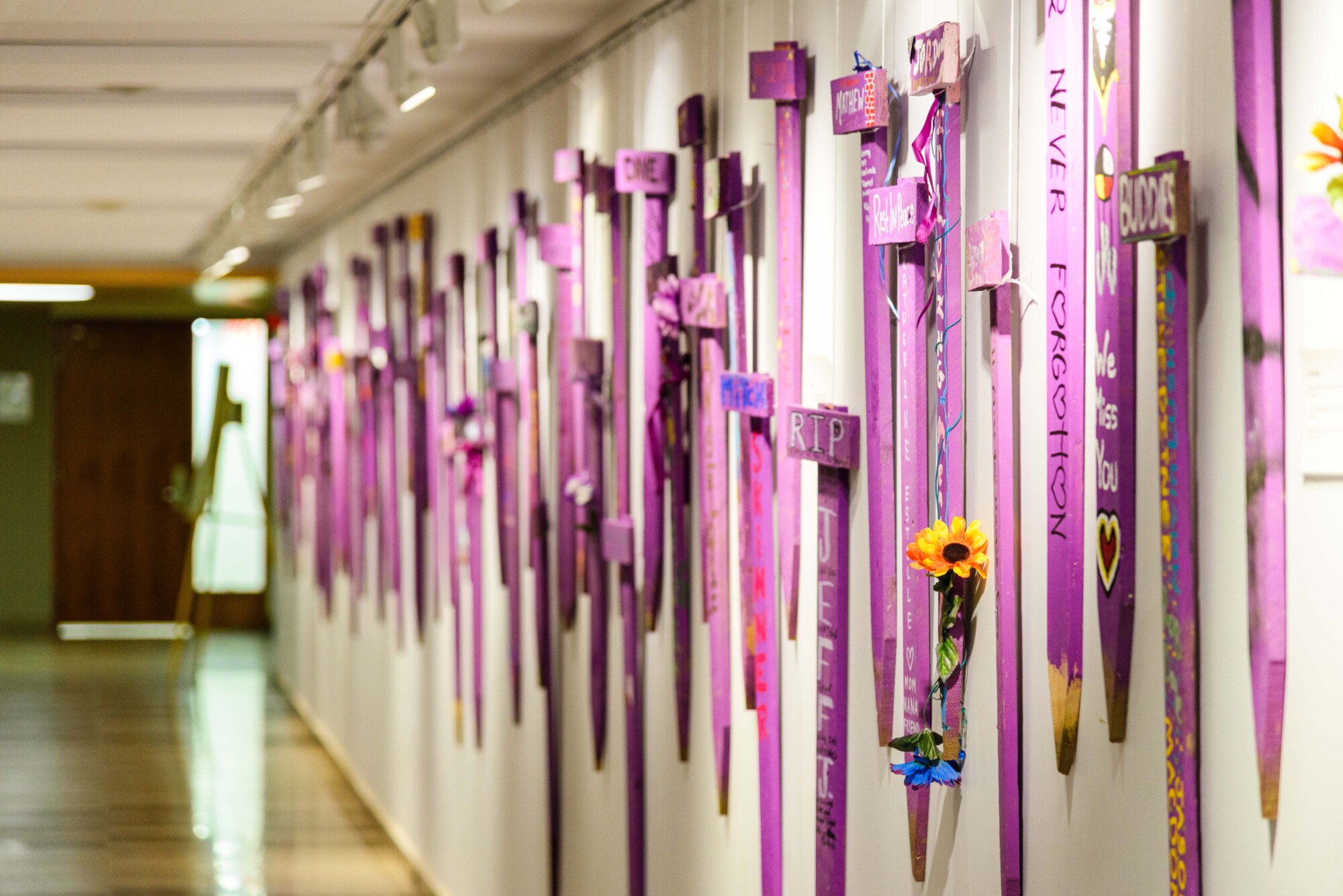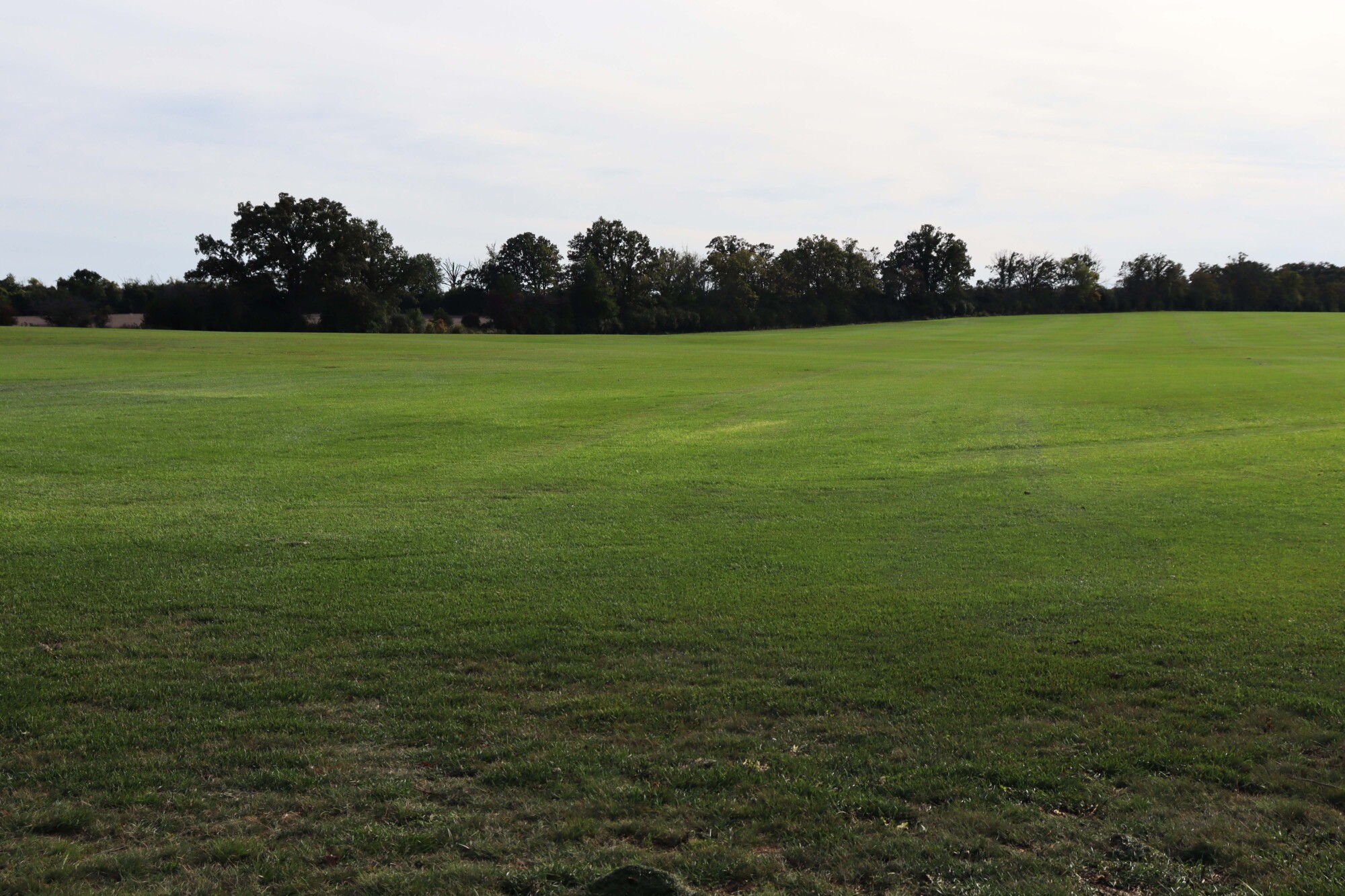Northdale revitalization plan promises big changes for the ‘student ghetto’
Ashley Denuzzo
CCE CONTRIBUTOR
The end of the “student ghetto” is near.
In fact, by the year 2030, city officials are predicting that areas surrounding Wilfrid Laurier University and the University of Waterloo will be almost unrecognizable.
These proposed structural changes are a result of an approved movement by the Ontario Municipal Board (OMB). On July 18, the OMB allowed for a “community improvement” plan to take effect immediately.
The changes will directly affect homes in the Northdale area bounded by Phillip Street, Columbia Street, King Street North and University Avenue.
This geographical pocket has earned the title of Laurier and UW’s “student ghetto,” because a majority of the residents living in the area stem from nearby universities and colleges. However, in 20 years, Northdale might not reflect that nickname.
“The technical terms in there are to revitalize and re-urbanize,” Waterloo city councilor, Jeff Henry, said last week. Henry is councillor for Ward 6 which includes the Northdale area. He explained the ambitious 20-year plan to the CCE. “Basically, you’re taking an area that maybe doesn’t look as good as you’d like it, maybe it’s a bit run down [or] some things are falling into disrepair,” he said. “And you’re finding a way to breathe new life into it.”
The Northdale plan was born in city council in 2010. It was finally approved in June of 2012 and has taken a year to finalize permits, contracts and other legalities. The City of Waterloo has also reserved about $3.5 million to implement the community improvement plan, estimated to take place between 2015 and 2021.
As of now, the tentative plan for Northdale is to completely restructure the landscaping model. Private investors have been given permission to start purchasing property and developing multi-purpose and multi-residential buildings.
These developments may range from student-accommodation buildings to green space to cafés and shops.
“We’re anticipating seeing a different mix of different units in that community,” Henry explained. “It’s creating a more vibrant and dynamic community.”
However, the biggest change for the Northdale area will come from a residential perspective. A neighbourhood that is largely occupied by students may one day welcome young professionals, adults and even families.
“The houses that were built in that area were made in the post — World War II era and the shelf life of those homes is beyond the point and time where we are now,” David Murray, vice president of student affairs at Laurier, explained.
“We need to start thinking about safety and these structures and some of the issues that we’ve had.”
However, some students are more than happy living in their run-down student housing.
Al James, a fourth-year student at Laurier, has lived in a house on Albert Street for the last two years. Before that, he rented an apartment that was built exclusively for students.
“From my perspective, I have lived in both apartment and ‘ghetto’ settings,” he said, noting the different student life cultures. “I found the ghetto to be more of a community […] In an apartment, I didn’t know my neighbours and I lived there for eight months,” he said.
But, from a structural point of view, a revamped student neighbourhood may be the change that a growing university city needs. The new Northdale neighbourhood is expected to have an “urbanized” feel where students and other residents will be able to live, study, play and work safely both indoors and outside.
“We’re rather unique with what we have in Waterloo,” Henry emphasized. “So, we had to come up with our own solutions.”
Students and residents, however, should not expect to see massive changes anytime soon. Although private investors can technically start construction immediately, the new Northdale plan is still in its beginning phase.
“You’re going to start to see people coming forward with ideas about what to build,” Henry said when asked about the Northdale’s next steps.
“But it’s still a 20-year plan, so things aren’t going to change overnight.”




Leave a Reply